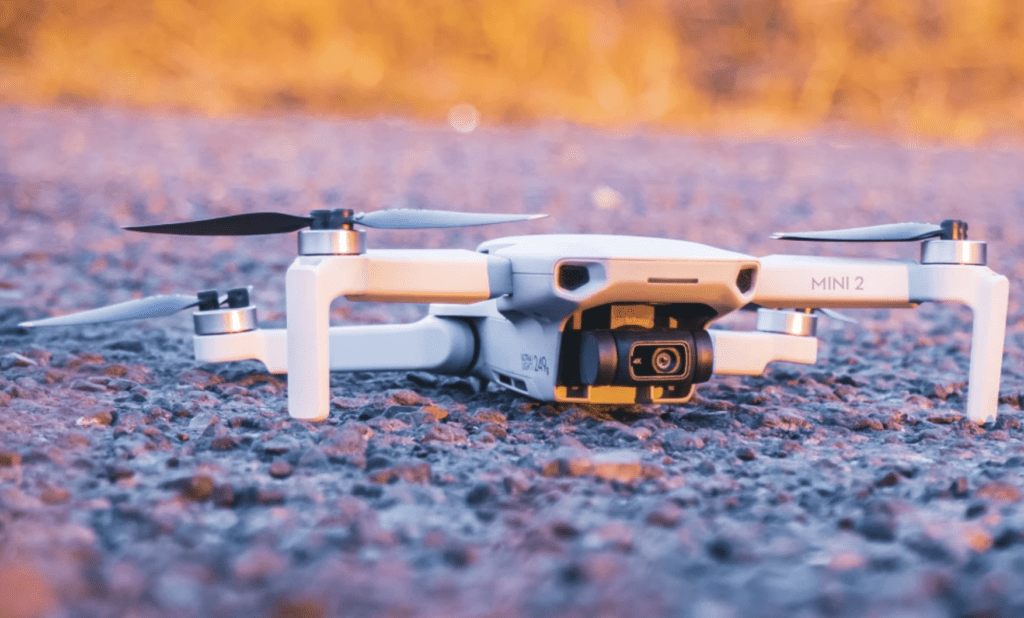
Cyber attacks are predicted to increase in 2023, with drones being a primary target. Here are the proven drone cybersecurity measures available to state and private actors. (Photo: DJI)
As companies and state governments establish their 2023 priorities, cybercrime should be a top concern, especially in the drone space. Cybercrime has increased dramatically over the past decade with no sign of slowing down in 2023. Drones are a key target for these attacks, but recent drone cybersecurity developments could help protect the information they store.
If cybercrime was a country, it would have the third largest economy after China and the U.S., according to forecasts from Cybercrime Magazine. That same forecast predicted that cybercrime will cost the world $8 trillion next year.
Drones are predicted to be a significant target of these attacks for two reasons: they are often used to collect valuable information, and drones often lack the security that other aircraft have.
At the federal level, drones are used to collect critical defense information, such as the location of enemy groups and the terrain and weather across the globe. States and local governments use drones for environmental and disaster management, infrastructure updates, and other critical urban planning tasks. Any data from drones used by the federal or state governments, as well as geographical data from drones owned by private companies, could be a valuable target for cyberattackers.
Not only is this collected information valuable, drones often don’t have the same security measures as computers or manned aircraft which collect similar information. This is due to the unprecedented complexity and interconnectivity of drone systems.
“In the near future, we’ll essentially have a network of flying computers in the sky, and just like the computers we use today, drones can be hacked if not secured properly,” said Amir Husain, the CEO of SkyGrid, in a recent press statement. “In this emerging environment, traditional anti-malware technology won’t be adequate to detect these never-before-seen attacks.”
Luckily, companies like SkyGrid are exploring new ways to protect drones against cybersecurity attacks. The use of artificial intelligence has helped SkyGrid and other companies detect, prevent, and combat cyberattacks against drones.
Buying drones that are made within Europe or America can also lower the chances of a cyberattack. Some companies based in China, like DJI (which owns between 75 and 80% of the international market), keep their information on servers in China which can easily be accessed by state actors.
Due to concerns over what information is accessible by the Chinese state, the U.S. House Homeland Security Committee passed a law to ban the federal use of Chinese-made drones in 2019. The Department of Homeland Security continues to endorse this law and even recommends limiting the use of all foreign-made drones.
With that being said, there are some independent auditors who have recently tested DJI’s cybersecurity measures and offer a different perspective. The independent German company who audited DJI’s drones determined that they met the American and European standards for use by private individuals and companies.
As the contrast between the recommendations from the independent auditors and the Department of Homeland Security shows, drone cybersecurity is a rapidly evolving field and there aren’t yet established cybersecurity practices. Choosing drones from reputable manufacturers and utilizing AI technologies like SkyGrid can help protect drones against cybersecurity threats, though further research and recommendations are needed.